This is an unusual account of the complexities of the entire Naxalite movement, covering the two major epicenters-the Naxalbari region during 1967-68 and the more virulent later phase of 1969-72 affecting Kolkata and its suburbs. Based entirely on a wealth of hitherto unknown government and police records of the entire period, with interesting explanatory notes, this publication was awaited for long both by discerning analysts of the movement and its participants like Kanu Sanyal, Souren Bose, Sadhan Sarkar et al. The detailed interrogation statements of Souren Bose and seven other top leaders of the movement will, for the first time, reveal the strengths and weaknesses of the movement. Likewise this account presents the most authentic version of the critiques of CPI (ML) policies and practices in general and those of Charu Majumdar in particular by the Chinese Communist Party. As the author had occasion not only to deal with the challenges of the movement but had also developed personal rapport with many of its principal protagonists, this document-based narrative has the unmistakable flavour of authenticity coupled with deep understanding of the core issues involved. Way back in 1967, it was the author’s insistence as the SP of Darjeeling District on basic land reforms before considering any large-scale police intervention that eventually led to the formation of five land reforms committees, first of its kind in India. The distressing and persistent lack of understanding of the core issues on the part of the governmental authorities in dealing with the current phase of Maoist movement has been brought out forcefully in the author’s introductory observations which deserve a close look. The unorthodox and innovative measures adopted during his handling of the movement in the Naxalbari region in the mid-sixties and later in the early 1970s are in striking contrast with the usual hamhanded methods in dealing with the violent Tebhaga movement of Bengal peasantry during 1940s or even the current Maoist movements in about a dozen States of India. The author’s analytical treatment of the two phases of the Naxalite movement brings to the fore many unknown facets of those tumultuous years-the ‘purist’ 1967-68 phase and the ‘mixed idealism-debasement’ phase of 1969-72. in juxtaposing the ongoing CPI (Maoist) turbulence against the aforesaid two phases, one is kept wondering whether India is witnessing a raging ‘Prairie fire’ after having gone through the failed Maoist ‘spring thunder’ during 1967-72. The lessons of Naxalbari, according to the author, will ultimately decide which of the contending sides will win the battle for the hearts and minds of the oppressed people in the dark backyards of ‘shining’ India.
Maoist ‘Spring Thunder’: The Naxalite Movement (1967-1972)
In stock
Free & Quick Delivery Worldwide
reviews
Bibliographic information
Title
Maoist ‘Spring Thunder’: The Naxalite Movement (1967-1972)
Author
Edition
1st ed.
Publisher
K P Bagchi & Company, 2007
ISBN
8170743036
Length
ix+320p., Plates.
Subjects

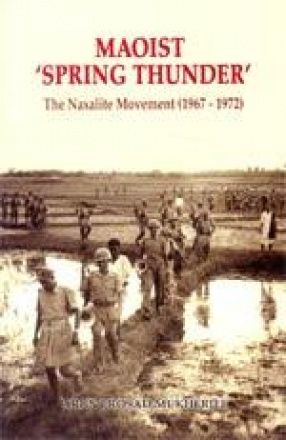
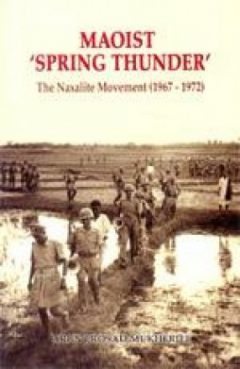
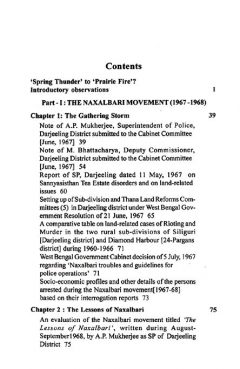
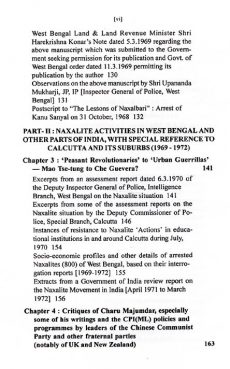


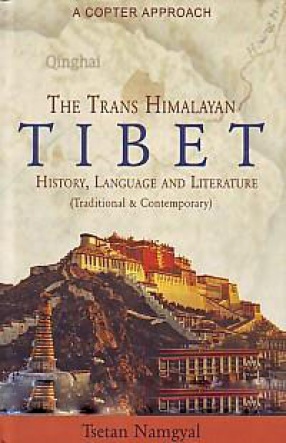
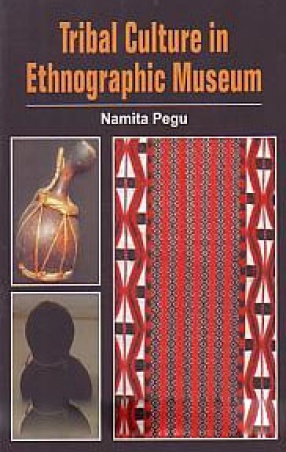
There are no reviews yet.